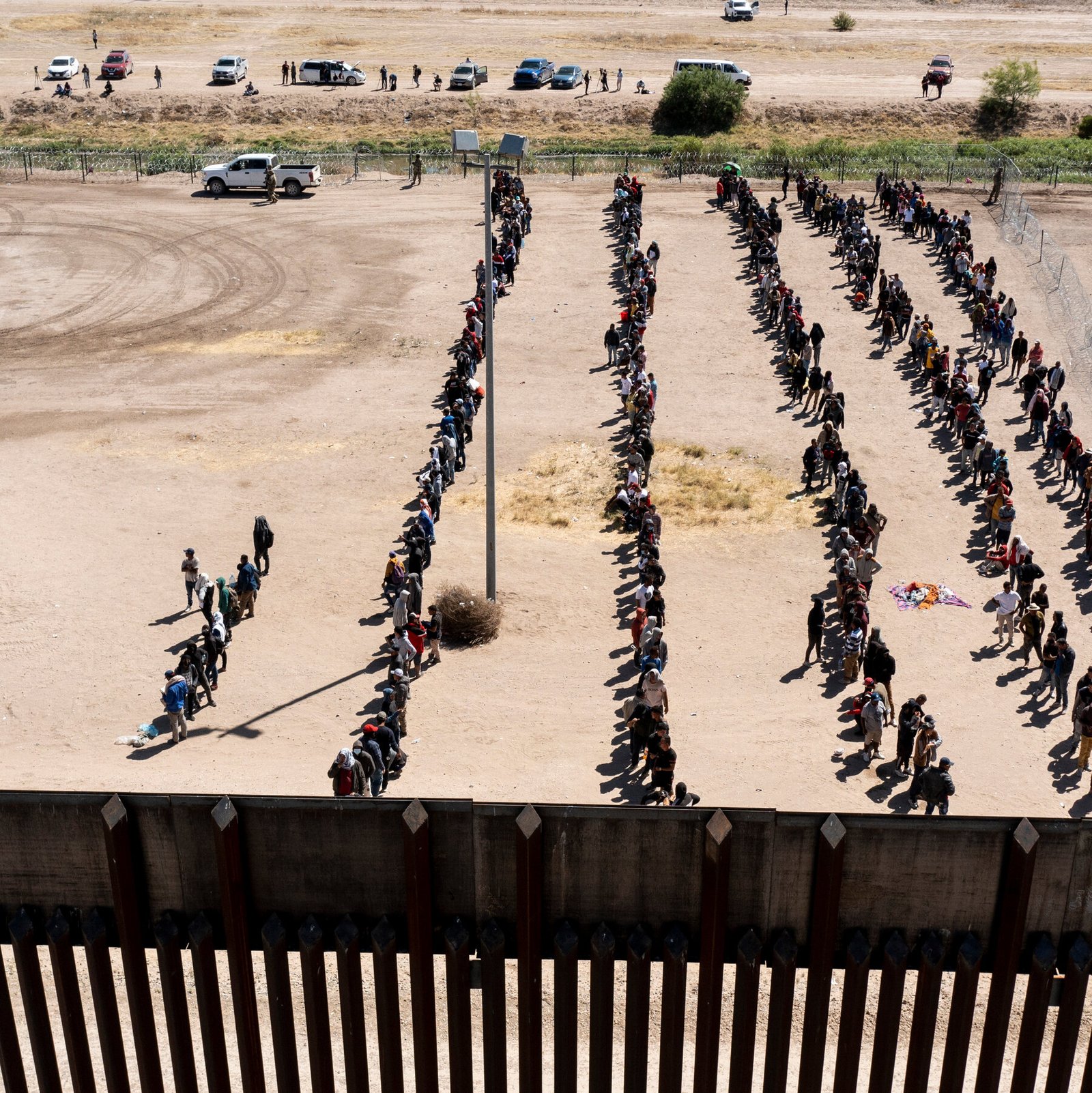Whenever you think about logistics and Transportation Management, the first thing that likely comes to mind is cars and roads. However, transportation has many other aspects, such as shipping goods and managing traffic.
These can be challenging tasks, but they can be managed efficiently with the right tools. In this blog post, we’ll discuss some of the challenges in transportation management and how they can be overcome in end-to-end supply chain visibility. Stay tuned!
What It Takes to Stay Competitive in the Supply Chain
Table of Contents
To stay competitive in the smart supply chain, businesses must continuously improve their processes and operations. They need to adapt quickly to changes in the market and customer demands.
They must also understand their visible supply chain management and how it works clearly. In addition, they need to invest in new technologies that can help them optimize their supply chain innovation. Lastly, they need to have a strong relationship with their suppliers.
Many factors can help businesses stay competitive in digital supply chain management. However, it is ultimately up to the business to decide what they need to do to stay ahead of the competition.
They need to assess their operations and make changes where necessary continuously. Additionally, they need to be willing to invest in new technologies and build strong relationships with their suppliers. These things allow businesses to stay competitive in the smart supply chain and remain successful.
What’s Causing Problems with Modern Transportation Management?
There are many factors causing problems with modern transportation management, but some of the most common ones include:
- Lack of visibility: Most companies lack visibility into their visible supply chain management and logistics operations, making it difficult to identify and solve issues promptly.
- Inefficient processes: Many outdated and inefficient transportation management processes result in high costs and delays.
- Lack of collaboration: There is often a lack of collaboration between stakeholders in the transportation management process, such as shippers, carriers, and third-party logistics and transport management providers. This can lead to communication breakdowns and inefficiencies.
- Unpredictable demand: Transportation management often relies on forecasting demand, but this can be difficult to do accurately due to the ever-changing nature of the market.
- Capacity constraints: Capacity constraints, such as a shortage of truck drivers, can cause delays and disruptions in supply chain automation.
- Regulatory: Regulatory changes in regulations, such as new hours of service rules, can negatively impact transportation management.
- Geographical challenges: Companies operating in multiple countries or regions face unique geographical challenges impacting transportation management, such as various infrastructure and customs procedures.
- Technology constraints: Older transportation management systems may be unable to keep up with the latest technological advances, leading to inefficiencies.
- Financial constraints: Rising fuel prices and other cost pressures can impact transportation management negatively.
- Environmental concerns: Environmental concerns, such as greenhouse gas emissions, are increasingly becoming a factor in transportation management decisions.
These are just some of the many challenges facing transportation management today. While there are no easy solutions, best supply chain companies must be aware of these issues to make the necessary changes and improvements.
Transportation management is a complex process, and many factors can impact it. By understanding the most common problems and challenges, companies can be better prepared to address them.
What Special Challenges Does Transportation Face in the Future?
As the world population continues to grow and urban areas become more congested, the transportation industry faces some unique challenges. Here are a few of the most pressing issues:
- Infrastructure upgrades: To accommodate ever-increasing vehicles, cities need to make significant infrastructure upgrades. This includes expanding and repairing roads, building new bridges and tunnels, and increasing capacity at airports and seaports.
- Congestion relief: Traffic congestion is a major problem in many cities around the world. To ease congestion, transportation planners are looking at various solutions including public transportation, carpooling and ride-sharing programs, and even driverless cars.
- Pollution reduction: Another big challenge for the transportation industry is reducing its environmental impact. This includes finding ways to reduce vehicle emissions through alternative fuels or more efficient engines.
- Safety improvements: With so many people on the move, safety is always a concern. The transportation industry is working to improve safety through better design, improved maintenance, and better training for drivers and other personnel.
- Security concerns: In an age of terrorism, the transportation industry must be vigilant about security threats. This includes protecting against vehicles and infrastructure attacks and preventing the smuggling of dangerous materials.
These are just a few of the challenges facing the transportation industry in the years ahead. As the world continues to change with supply chain innovation, so will the needs of those who move people and goods around it.
How a Transportation Management Platform Solves These Challenges
As the transportation industry evolves, so too do its challenges. From managing ever-growing amounts of data to dealing with increasingly complex digital supply chain management, today’s transportation companies must be agile and adaptable to stay ahead of the curve.
Transportation companies are meeting these challenges by investing in a transportation management platform (TMP). A TMP supply chain software companies solution helps transportation companies manage their operations more effectively and efficiently.
There are many benefits of using a TMP, but some of the most important ones include:
- Better data management
A TMP gives transportation companies a central place to store and manage all their data. This data can then improve decision-making, optimize routes, and track shipments.
- Improved customer service
A TMP can help transportation companies provide better customer service by giving them visibility into the status of shipments at all times. This information can proactively resolve supplier risk assessment and keep customers updated on the status of their shipments.
- Increased efficiency
A TMP can help best supply chain companies automate and streamline their operations. This can lead to significant increases in efficiency and productivity, which can ultimately help improve bottom-line results.
- Better decision-making
A TMP gives value chain and supply chain companies access to real-time data, which can make better decisions about route planning, resource allocation, and other aspects of their operations.
- Reduced costs
A TMP can help transportation companies save money by reducing the need for manual processes and improving operational efficiency.
Investing in a TMP is a smart move for any transportation company that wants to stay competitive in the future. A TMP can help transportation companies meet future challenges and logistics optimization.













































